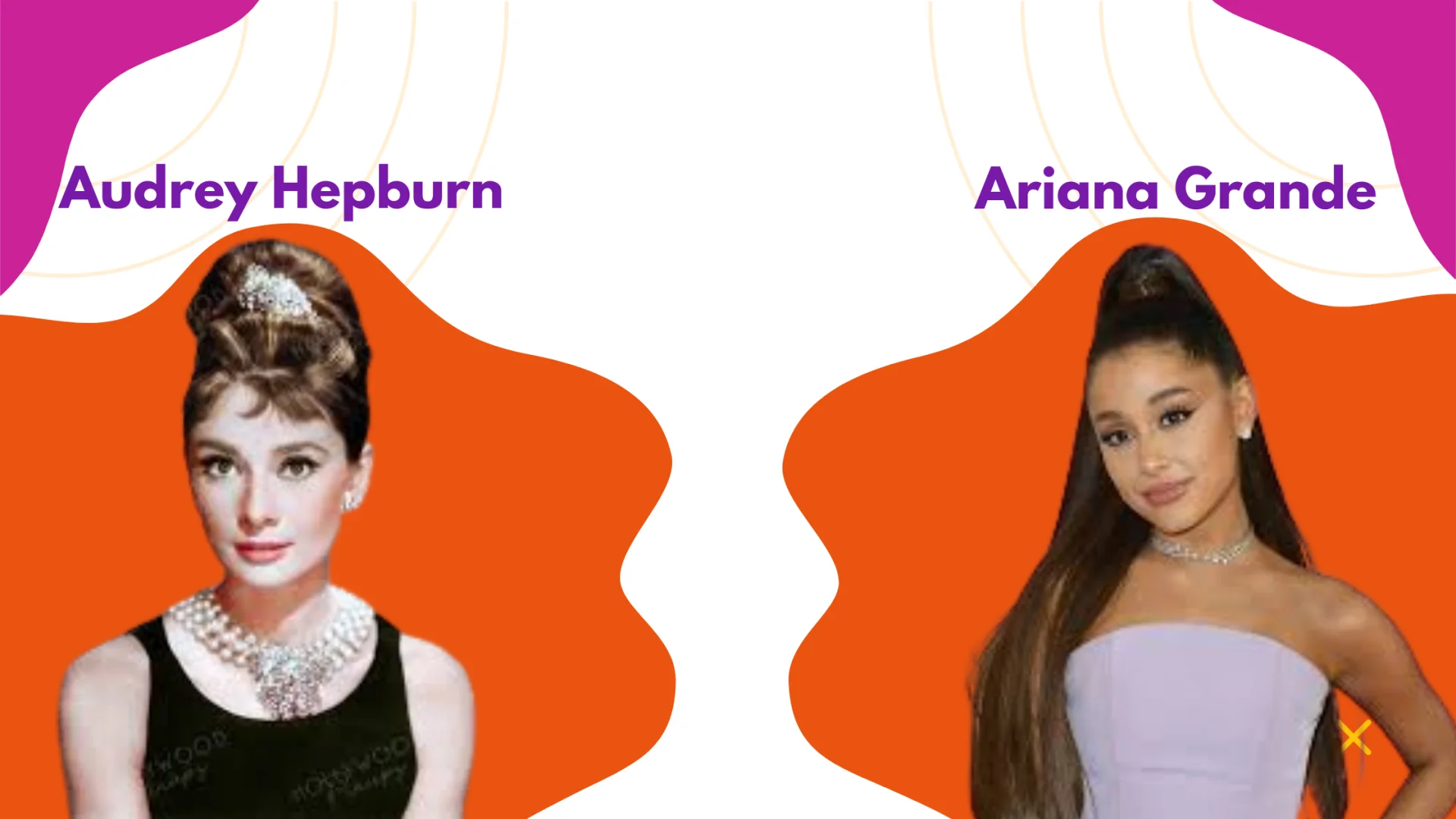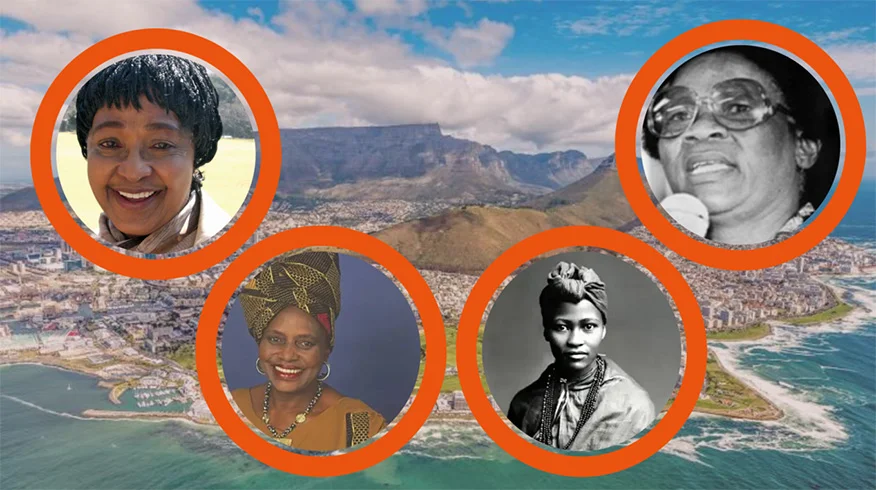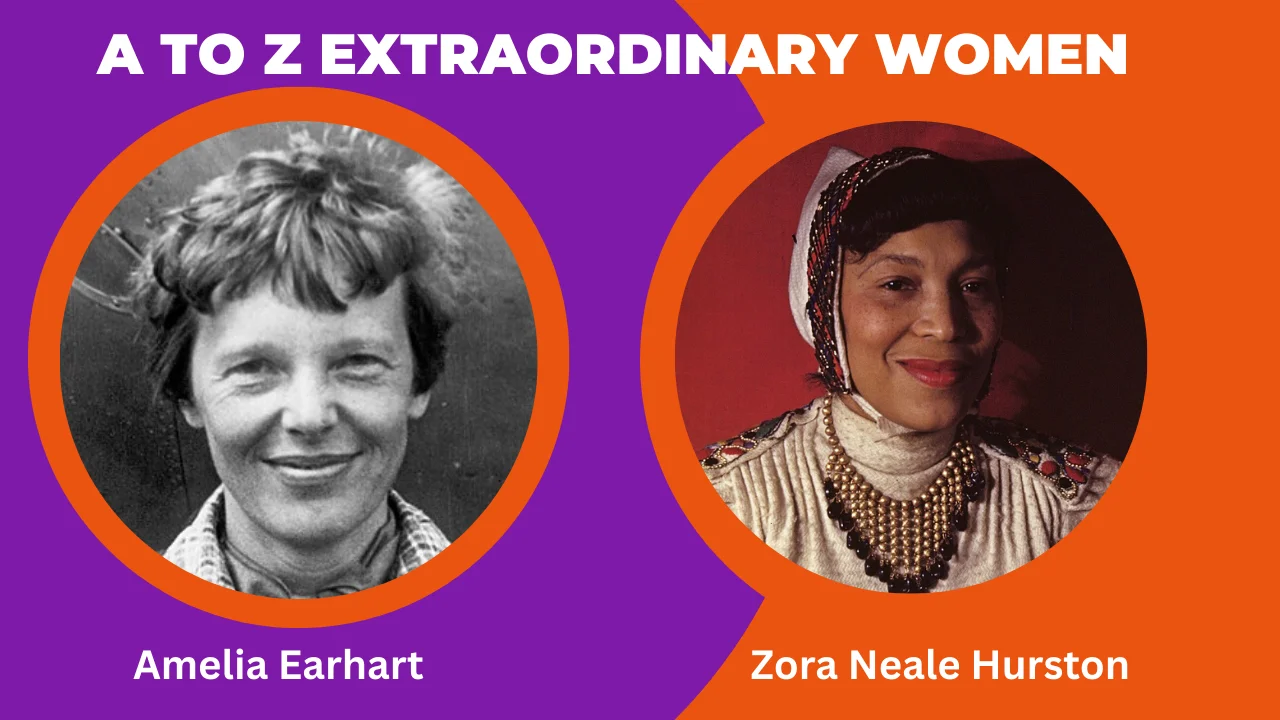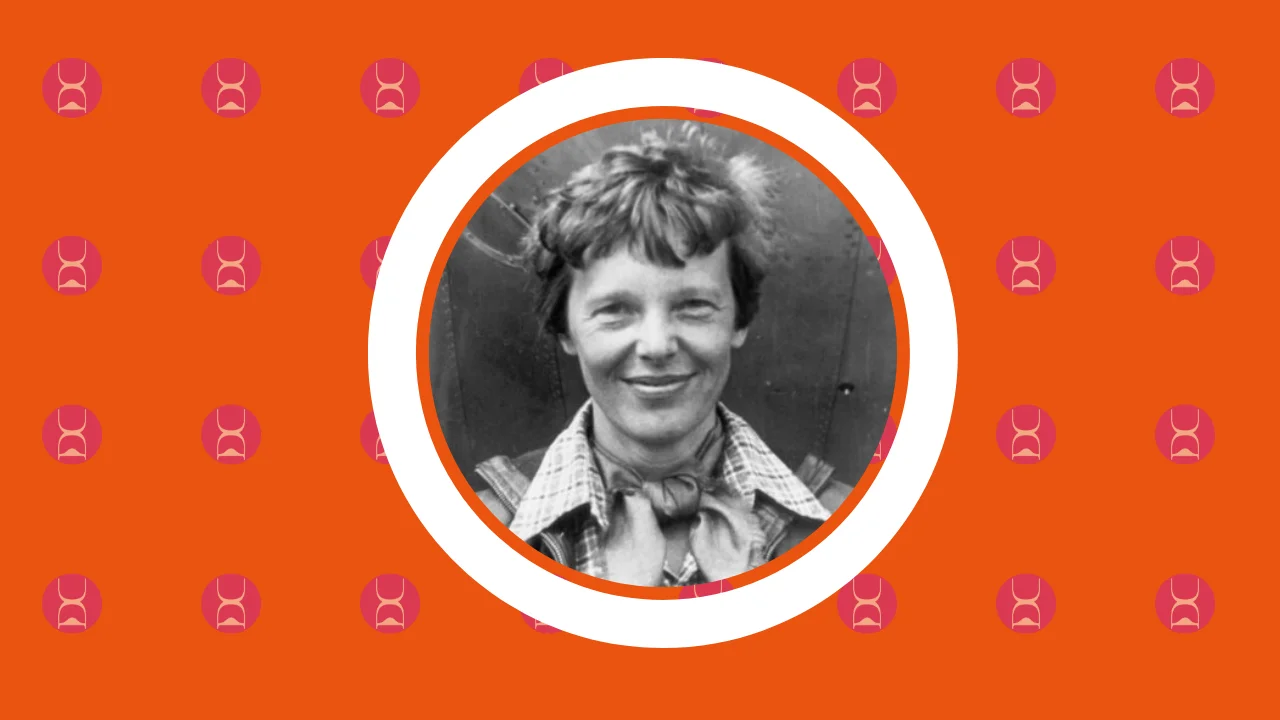Vera Rubin:The Woman Who Unlocked the Secrets of Dark Matter
06 Mar 2025
Featured

Vera Rubin’s name may not be as instantly recognizable as some of her male counterparts in astronomy, but her contributions to science changed our understanding of the universe.
She was a trailblazer in astrophysics, defying gender barriers and proving the existence of dark matter—one of the most mysterious and influential forces in the cosmos.
Her meticulous observations of galactic rotation defied existing theories and paved the way for a new understanding of the universe.
Despite facing discrimination and skepticism, Rubin persevered, leaving behind a legacy that continues to shape modern astrophysics.
The Making of a Pioneer: Vera Rubin’s Early Life and Education
Vera Cooper Rubin was born on July 23, 1928, in Philadelphia, Pennsylvania. From an early age, she exhibited a deep curiosity about the night sky, spending hours gazing at stars and planets.
Encouraged by her parents, especially her father, she nurtured her passion for science, despite societal expectations that pushed women away from the field.
“By age 12, I would prefer to stay up and watch the stars than go to sleep. I started learning. I started going to the library and reading. But it was initially watching the stars from my bedroom that I did. There was nothing as interesting in my life as watching the stars every night – Vera Rubin.
Her academic journey was anything but conventional. Rubin attended Vassar College, one of the few institutions at the time that welcomed women into scientific studies. She graduated in 1948 with a degree in astronomy. She then applied to Princeton University for graduate studies, but they did not accept women into their astronomy program at the time.
Undeterred, she pursued her master’s degree at Cornell University, where she studied physics under prominent scientists like Richard Feynman.
She later earned her Ph.D. from Georgetown University in 1954, focusing her dissertation on the motions of galaxies—an area that would later become the foundation of her groundbreaking research.
Lesson: Fearlessness – One unique trait of Rubin was fearlessness. Rubin was fearless in obtaining knowledge and quality education as a woman despite all the ugly challenges she faced. She demonstrated how being bold and unafraid can change the status quo and become essential for progress.
The Discovery That Changed Everything: Rubin’s Contributions to Dark Matter
Rubin’s scientific career took off when she began studying galactic rotation curves—how stars move within galaxies.
In the 1960s and 1970s, she collaborated with astronomer Kent Ford, using advanced spectrographs to analyze the rotational speeds of galaxies.
They expected that, based on Newtonian physics, stars farther from a galaxy’s center would orbit more slowly than those closer in—much like planets in our solar system.
However, Rubin’s observations told a different story. She found that outer stars in galaxies were moving just as fast as those near the center.
According to the laws of gravity as understood at the time, this shouldn’t have been possible unless there was an unseen mass exerting gravitational influence.
This invisible force—later named dark matter—constitutes about 85% of the universe’s total mass.
Though theoretical physicist Fritz Zwicky had previously suggested the existence of dark matter, it was Rubin’s empirical evidence that cemented the concept as a cornerstone of modern astrophysics.
Breaking Barriers in a Male-Dominated Field
Vera Rubin’s scientific achievements were extraordinary, but her journey was fraught with obstacles. As a woman in astronomy during the mid-20th century, she faced systemic discrimination.
She was often the only woman in scientific conferences, and many male colleagues dismissed or ignored her research.
Even major observatories had restrictions against female astronomers—when she first applied to work at the Palomar Observatory, she was denied entry simply because she was a woman.
Despite these challenges, Rubin persisted. She gained a research position at the Carnegie Institution in Washington, where she had the freedom to pursue her groundbreaking work.
She also became an advocate for gender equality in science, mentoring young female astronomers and pushing for institutional changes. Her perseverance paved the way for future generations of women in STEM fields.
Lesson: Curiosity and Persistence – Rubin would not have been able to achieve her groundbreaking work on galaxy rotation curves and dark matter without her curiosity and persistent nature. Although she faced challenges and was disappointed with her research work, that didn’t stop her from moving forward.
A Legacy Written in the Stars: Achievements and Honors
Rubin’s contributions to astrophysics were widely recognized, although some argue that she was unfairly overlooked for a Nobel Prize.
Her research on dark matter fundamentally reshaped cosmology, influencing countless studies and theories about the structure of the universe.
Throughout her career, she received numerous prestigious awards and honors. She became the second woman ever to be elected to the National Academy of Sciences in 1981.
In 1993, she was awarded the National Medal of Science, one of the highest honors for scientific achievement in the United States.
Later, in 2015, she received the Gold Medal of the Royal Astronomical Society—an honor not bestowed upon a woman since Caroline Herschel in 1828.
In 2016, the year of her passing, there was growing recognition that Rubin’s work deserved even greater acknowledgment.
In her honor, NASA named her Vera C. Rubin Observatory, a state-of-the-art telescope in Chile, dedicated to studying the universe’s dark matter and dark energy components.
Lesson: Speak up against women’s inequality – Rubin advocated for women in science. Throughout her life and career, she experienced gender discrimination and sexism. This inspired her to encourage other women to pursue a career in science and astronomy by offering support and mentorship to them.
Beyond Science: Vera Rubin’s Personal Life and Impact on Society
Outside of her scientific work, Vera Rubin was a dedicated wife, mother, and mentor. She married physicist Robert Rubin, and together they raised four children, all of whom pursued careers in science—reflecting the couple’s deep passion for knowledge and discovery.
Rubin was not just a scientist; she was a champion for women in STEM. She often spoke out about the gender biases in science and worked tirelessly to create opportunities for women in astronomy.
She believed that talent and curiosity, not gender, should determine one’s ability to contribute to scientific progress.
“Women generally required more luck and perseverance than men did. It helped to have supportive parents and a husband.” – Vera Rubin.
Even in her later years, she remained active in research and continued to inspire younger generations. She was known for her humility, kindness, and unwavering commitment to the pursuit of truth in science.
Lesson : Balance and support – Rubin married at a young age while undergoing graduate studies and having young kids. Rubin often spoke about the importance of having a supportive partner and systems. This helped her find a way to balance taking care of her young family, going to school and building a career.
Conclusion
Vera Rubin’s story is one of resilience, brilliance, and groundbreaking discovery. Her work on dark matter revolutionized our understanding of the universe, and her fight against gender discrimination in science helped pave the way for future generations of women.
Though she never received a Nobel Prize, her legacy is cemented among the stars—both in the galaxies she studied and in the hearts of those she inspired.
Her story serves as a powerful reminder that curiosity and perseverance can break down even the most formidable barriers, and that the pursuit of knowledge transcends gender, bias, and convention.
Vera Rubin didn’t just unlock the secrets of dark matter—she illuminated a path for countless others to follow.
To learn about Vera Rubin’s Unique Journey, read this biography written by Jacqueline Mitton titled – Vera Rubin.
Reference
Tags
Women
Astronomer
Latest Posts
Tags
- Women27
- Scientist9
- Author6
- Inventor3
- Nobel3
- Singer3
- Actor2
- Activist2
- Physicist2




